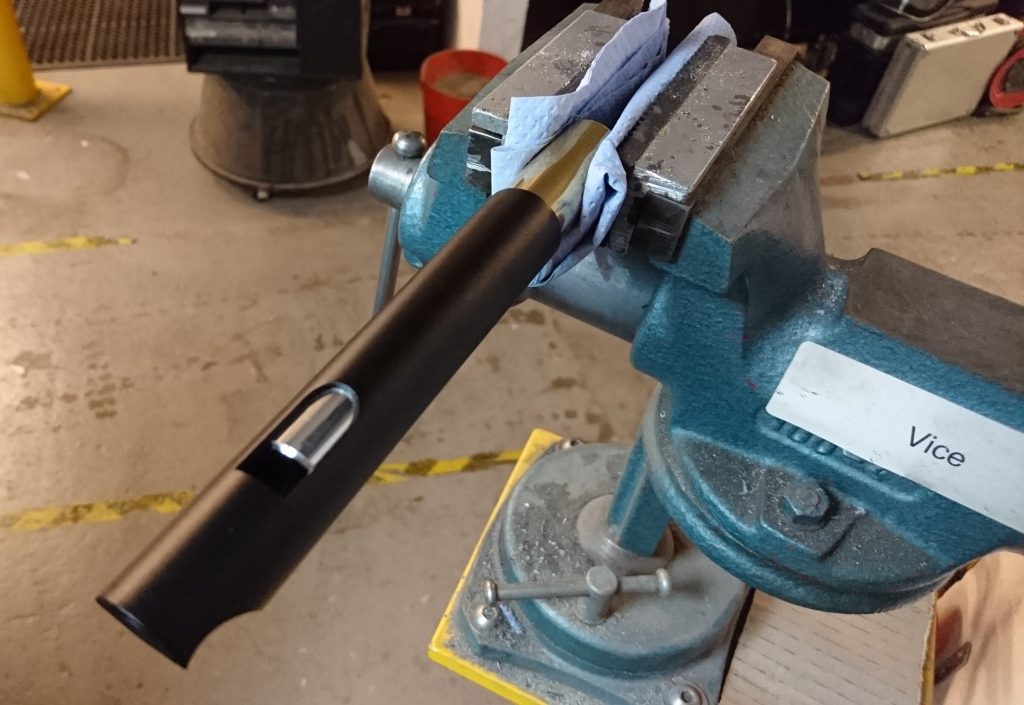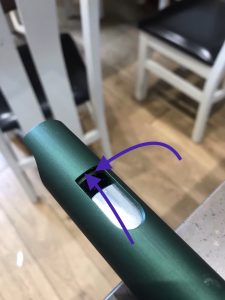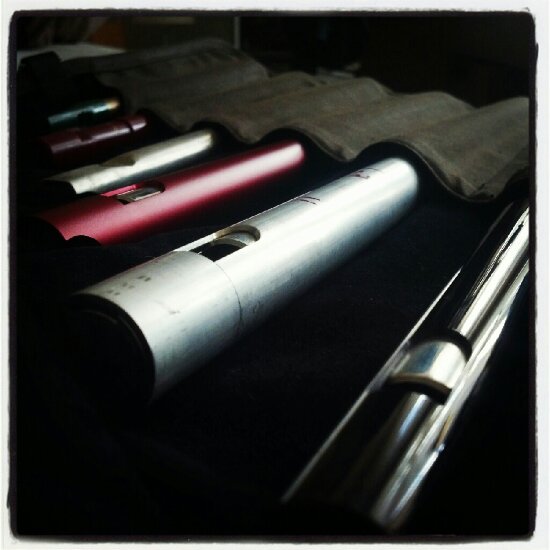It is often advised to use warm soapy water to clean whistles, but we’d suggest there are some very good reasons why it might be better to look at other options. Cleaning a whistle with water may introduce certain risks, such as promoting biological growth and potential corrosion of the metal components. Unlike many other […]




